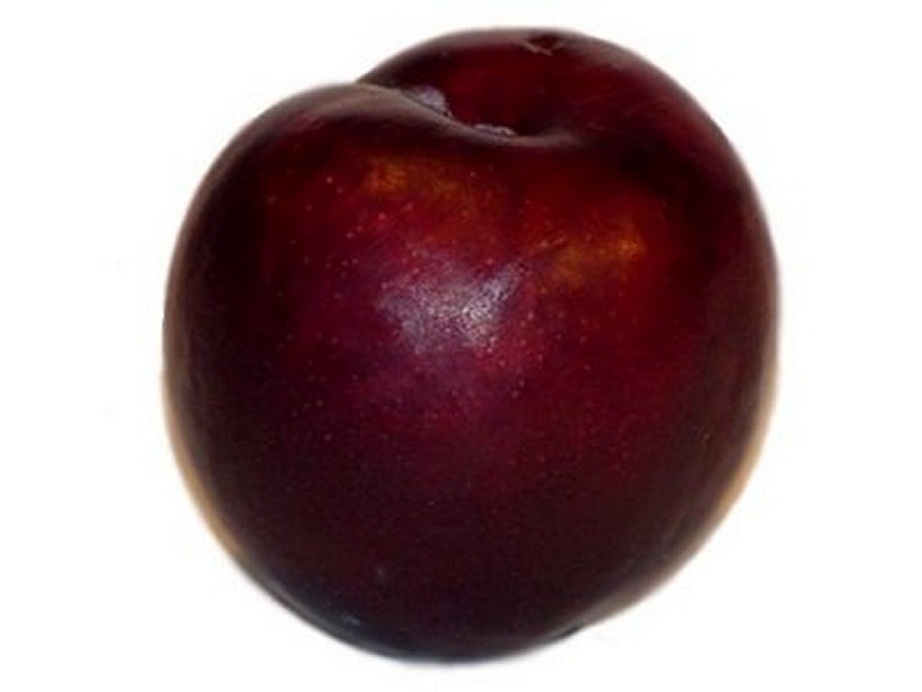
The plant is best described as small tree or large shrub. It is widely cultivated at commercial scale in the United States, Europe, Japan and China. Several cultivars of plums are grown all over the world which differ in their color, size and growth characteristics. Generally, each variety of the plum tree bears numerous, almost uniform sized berries between May and September months.
Plum Health Benefits :
1. Plums are low in calories (46 calories per 100 g) and contain no saturated fats; however, they hold numerous health promoting compounds, anti-oxidants, minerals, and vitamins.
2. Certain health benefiting compounds present in the plums such as dietary fiber, sorbitol, and isatin has been known to help regulate smooth functioning of the digestive system, and thereby, help relieve constipation problems.
3. Plums are plentiful in minerals like potassium, fluoride and iron. Iron is required for red blood cell formation. Potassium is an important component of cell and body fluids that helps controlling heart rate and blood pressure.
4. Fresh plums, especially yellow Mirabelle type, are a moderate source of vitamin A and beta-carotene. Vitamin A is essential for good eyesight. It is also required for maintaining healthy mucusa and skin. Consumption of natural fruits rich in vitamin A has found to protect from lung and oral cavity cancers.
Nutritional in Plum :
1. Energy 46 Kcal
2. Protein 0.70 g
3. Fat 0.28 g
4. Vitamin A 345 IU
5. Vitamin C 9.5 mg
6. Vitamin E 0.26 mg
Preparation and serving method :
1. Plum sections can be a great addition to salads.
2. The fruits are being used in the preparation of pie, desserts, jams, and jellies.
3. They can also be used in a variety of recipes and are usually baked or poached.
4. Dried plums, in general known as prunes, can be added to muffins, cakes, ice-creams, etc., as in other dry fruits like raisins, apricots and figs.
For Plum details in Hindi check here – Plum In hindi